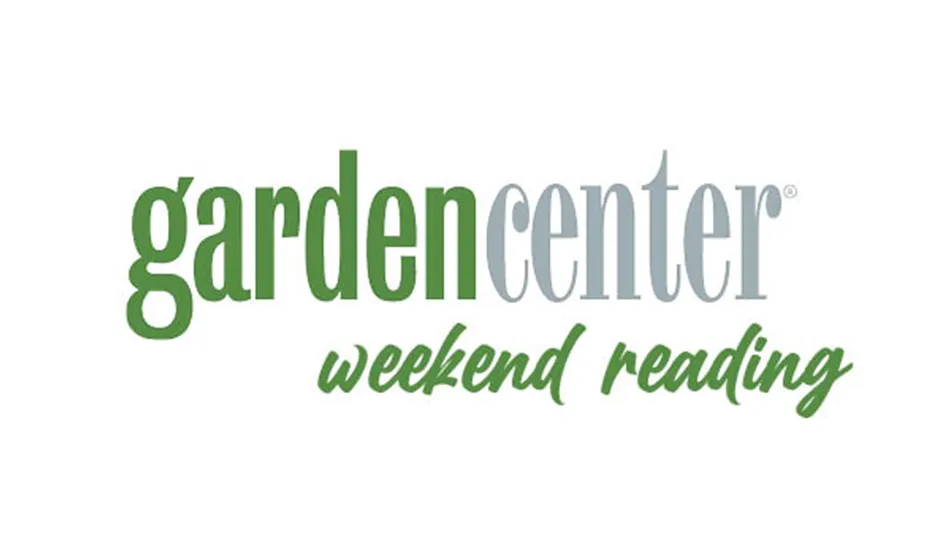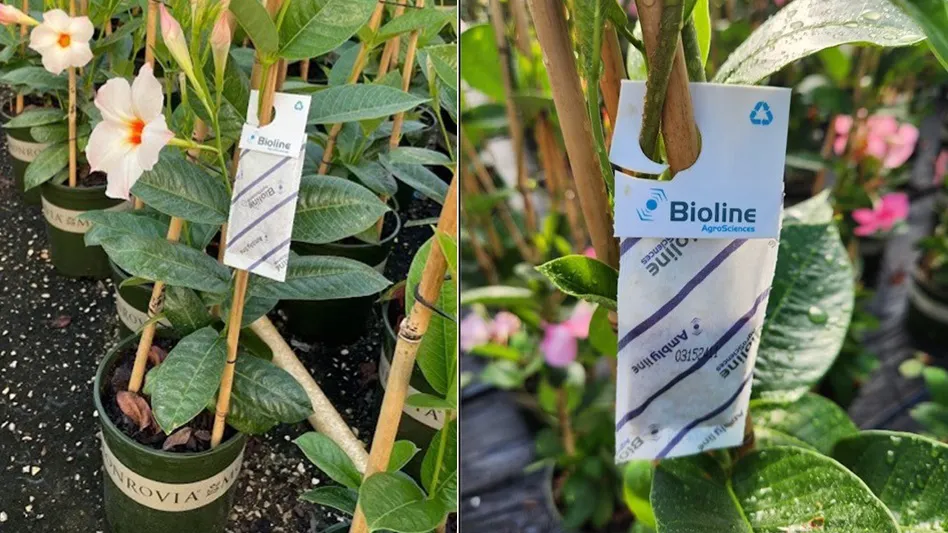
The selling season has moved from frantic spring to slowdown summer to refreshing fall. You’ve got a pretty good idea of what kind of year you’ve had. You’re either pleased or not. Maybe you’re considering consulting with some of the people in the industry who specialize in numbers — labor to sales ratios and square foot turns. Maybe you’re already booking the new plants you saw at the summer shows or booking your airline tickets to Florida. Maybe you’re checking your calendar for winter meetings and shows.
However, as you are keeping your end-of-year self occupied, one thought keeps scratching at the back of your head: What do we do to make next season better? The options are endless. Some are more expensive than others. Your staff surely has some thoughts; one end-of-season activity I highly recommend is a staff retreat. Take them somewhere away from the store for a day: not a hotel conference room; maybe a state park. Serve food and bring some idea prompts. Ask them, “What do you think of XYZ?” Make them feel their opinions matter. They do.
If I were to attend your retreat, my focus would be on the physical store and how it works for both staff and customers. That’s what I do. But the specific element of the store that I would bring to the table as a primary focus would be signs. Do they work? What could be done better with these silent sellers?
Sign and sign improvements — that’s winter work, when you have time to sit at the computer and research sign options and sign production.
“No matter how wonderful the sign is, if the customer does not see it, does not read it or does not respond to its direction, you’re right back to having to tell every third customer where the restrooms are.”
But before you use good time to poke around in the sign world and good money to produce signs, let’s examine some underlying issues. After all, no matter how wonderful the sign is, if the customer does not see it, does not read it or does not respond to its direction, you’re right back to having to tell every third customer where the restrooms are. If you’re having that retreat, one great conversation starter is “What is the question you are asked most often in the store?” If more than one staff member lists the same question (or questions), you know you have an in-store communication problem. On the flip side — what service do you offer in your store that is so hidden that very few customers ever even ask about it?
Perhaps the most demanding logistical issue is how to get signs into the store in a timely fashion. Nothing is more disheartening than a fall banner that says “plant bulbs now” still on display in May. Success involves a standard sign size and the equipment to display the sign, without needing a ladder or electric drill. The two most important signs to display are department/education/specialty signs and varietal (or bench) signs. Each should be standardized for both size and message. The most economical department sign is a 24-inch by 36-inch Coroplast sign, which can be easily printed by any sign shop and stored for reuse.
Varietal signs compete for the information the customer needs. Each bench sign should be a uniform size and contain the following elements: common name plus botanical name, benefits of the plant, features of the plant and the price. Keeping bench signs fresh can be a full-time job. If all signs are prepared in advance (when the plant order is placed), signs can be arranged for easy access. Easily accessible sign holders are just as important.
Larger banner signs can also be effective as department signage. However, they may be more difficult to move and maintain. Banner signs should always be vertical rather than horizontal in order not to interfere with the customer’s line of sight. Vertical signs should also be printed in white type on a colored background (never red!) and with only the information the customer needs and can read from a distance. Type should read from top to bottom (after all, that’s how we read in America) and should be printed “sideways,” not over and under.

Now that you have considered the messages you want to convey and the questions you want your signage to answer and have established a graphic plan for printing and mounting your signs, the most important decision is yet to be resolved: Where do the signs go? Paco Underhill tells us in “Why We Buy: The Science of Shopping” that it is impossible to evaluate a sign until it is seen in the store. So, before you spend money printing signs, get yourself a piece of white 24-inch by 36-inch Coroplast. Move through the store and ask yourself: What information does the customer need at this point to move through the store and make a buying decision? And where should that information be placed so the customer can actually read the information?
With all these examples, now is the time for you to get about the winter work of planning your signage program for next year. That means department signs that direct the customer through the store and bench signs that provide the information the customer needs to make a buying decision.
Have questions? Call me. We can discuss any aspect of your signage program while we both sit by the fireplace and sip a cup of something warm and soothing.

Explore the December 2023 Issue
Check out more from this issue and find you next story to read.
Latest from Garden Center
- Weekend Reading 5/17/24
- GardenComm 2024 Annual Conference registration is open
- Landmark Plastic celebrates 40 years
- Proven Winners introduces more than 100 new varieties for 2025
- Weekend Reading 5/10/24
- The Family Business, Part 2: Agreeing (and disagreeing) on capital investments
- Registration opens for Darwin Perennials Day
- Weekend Reading 5/3/24





